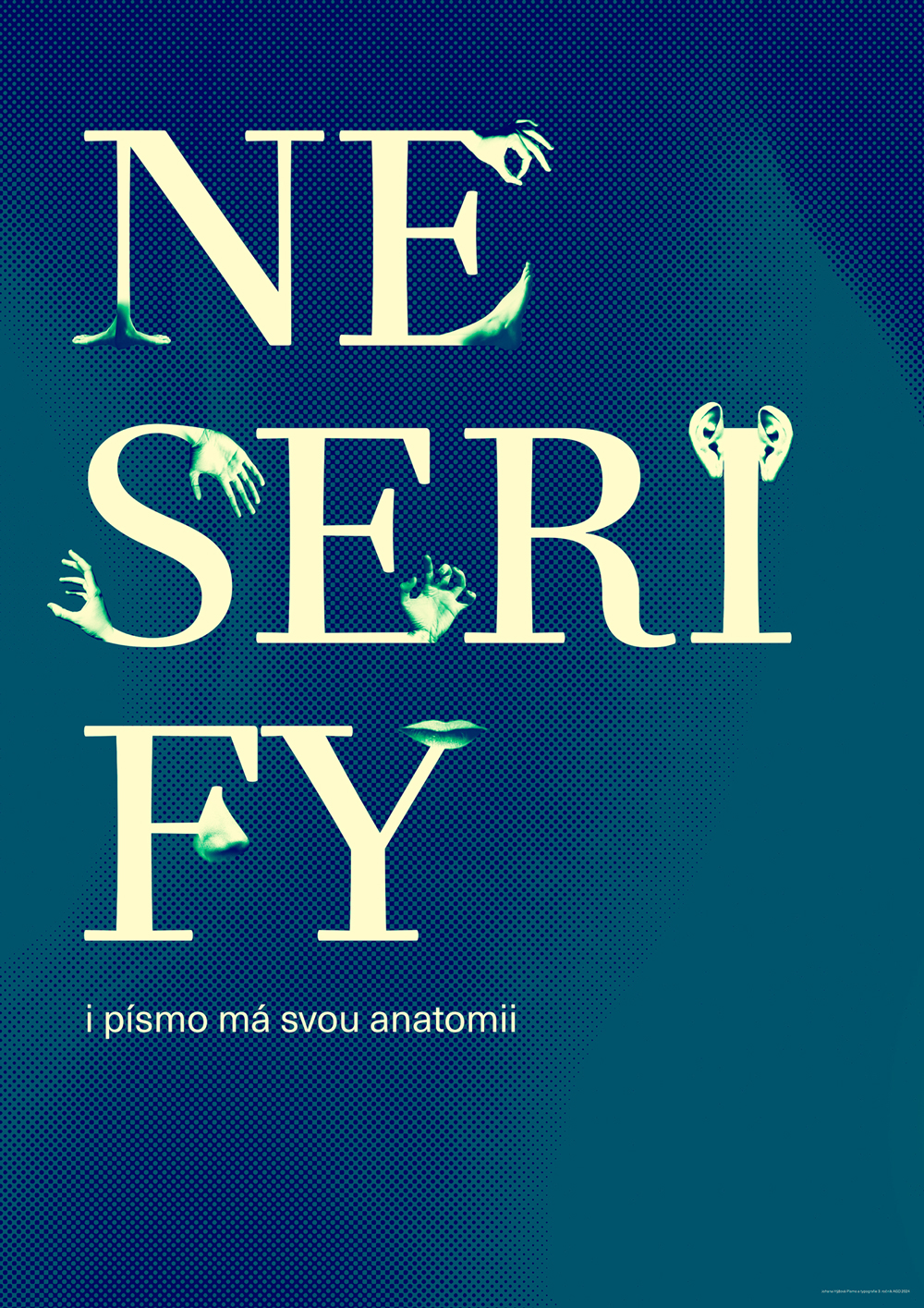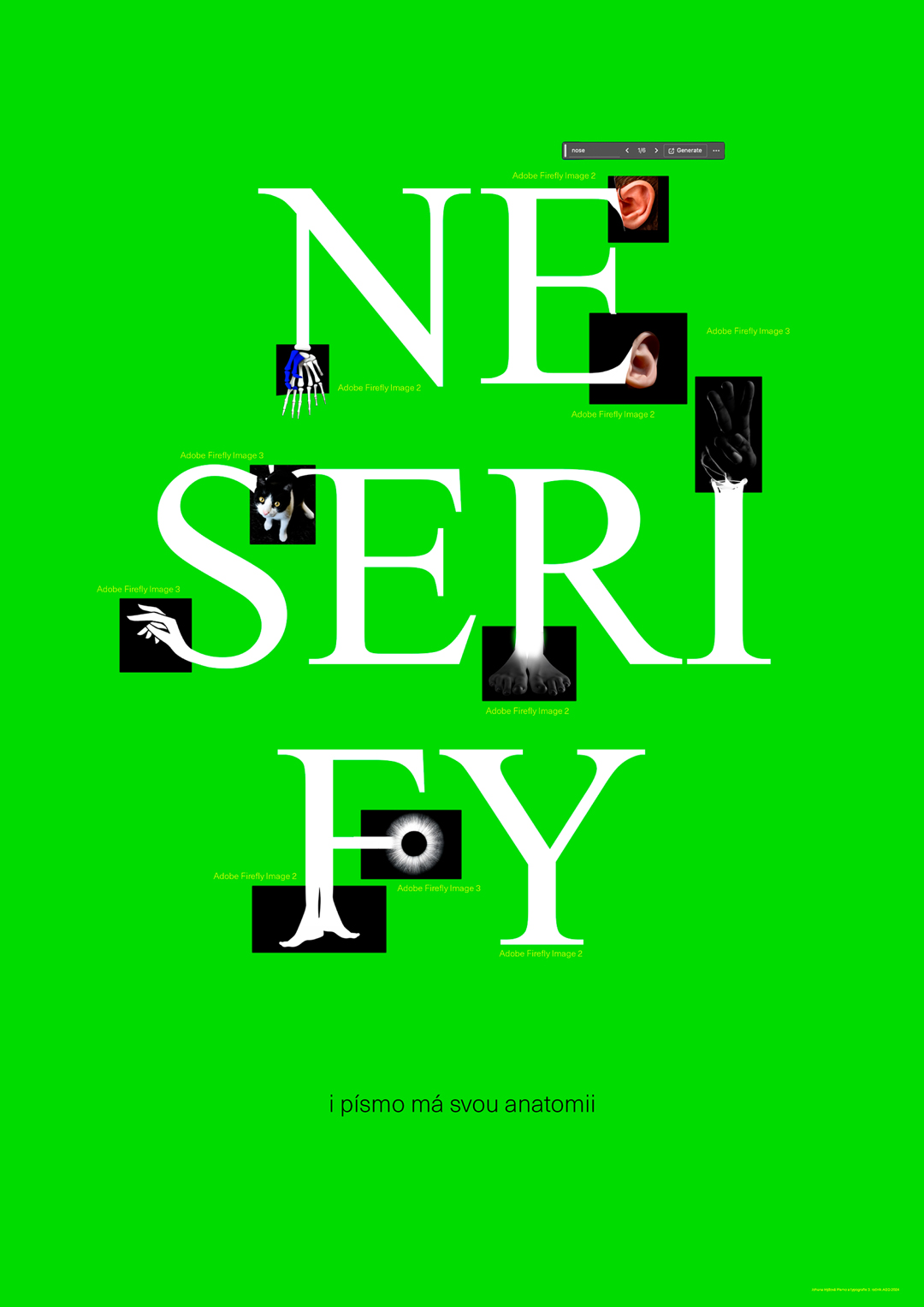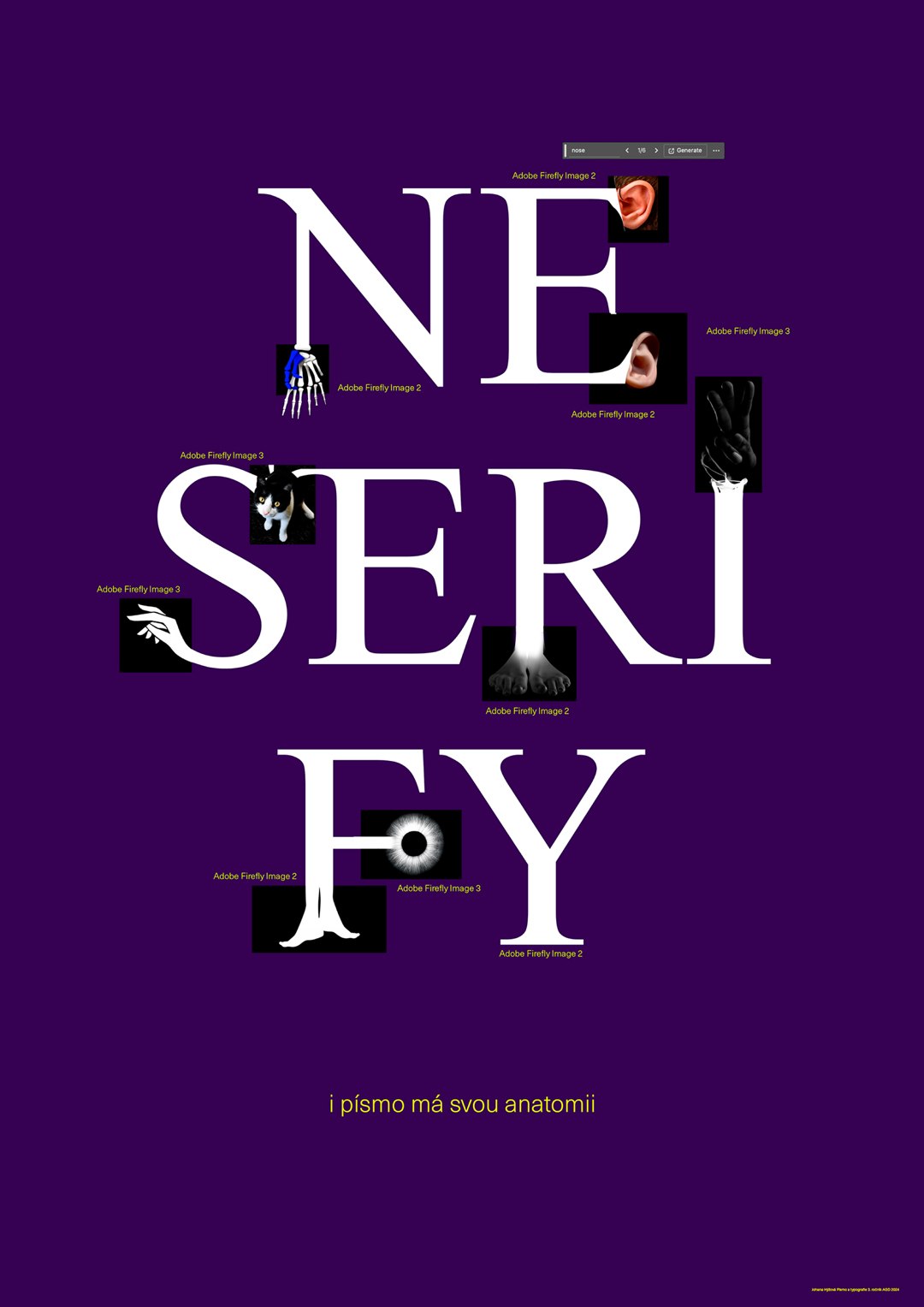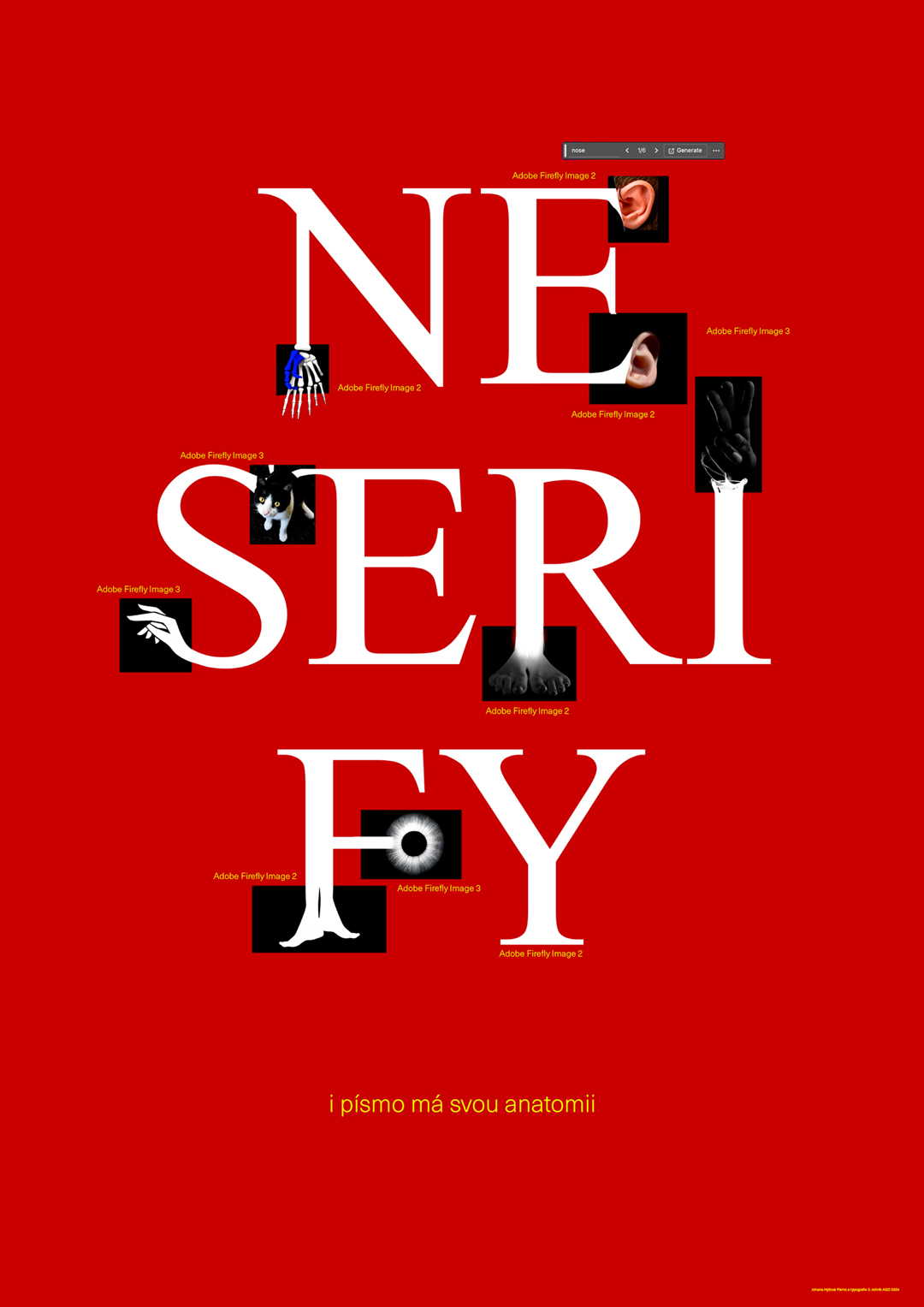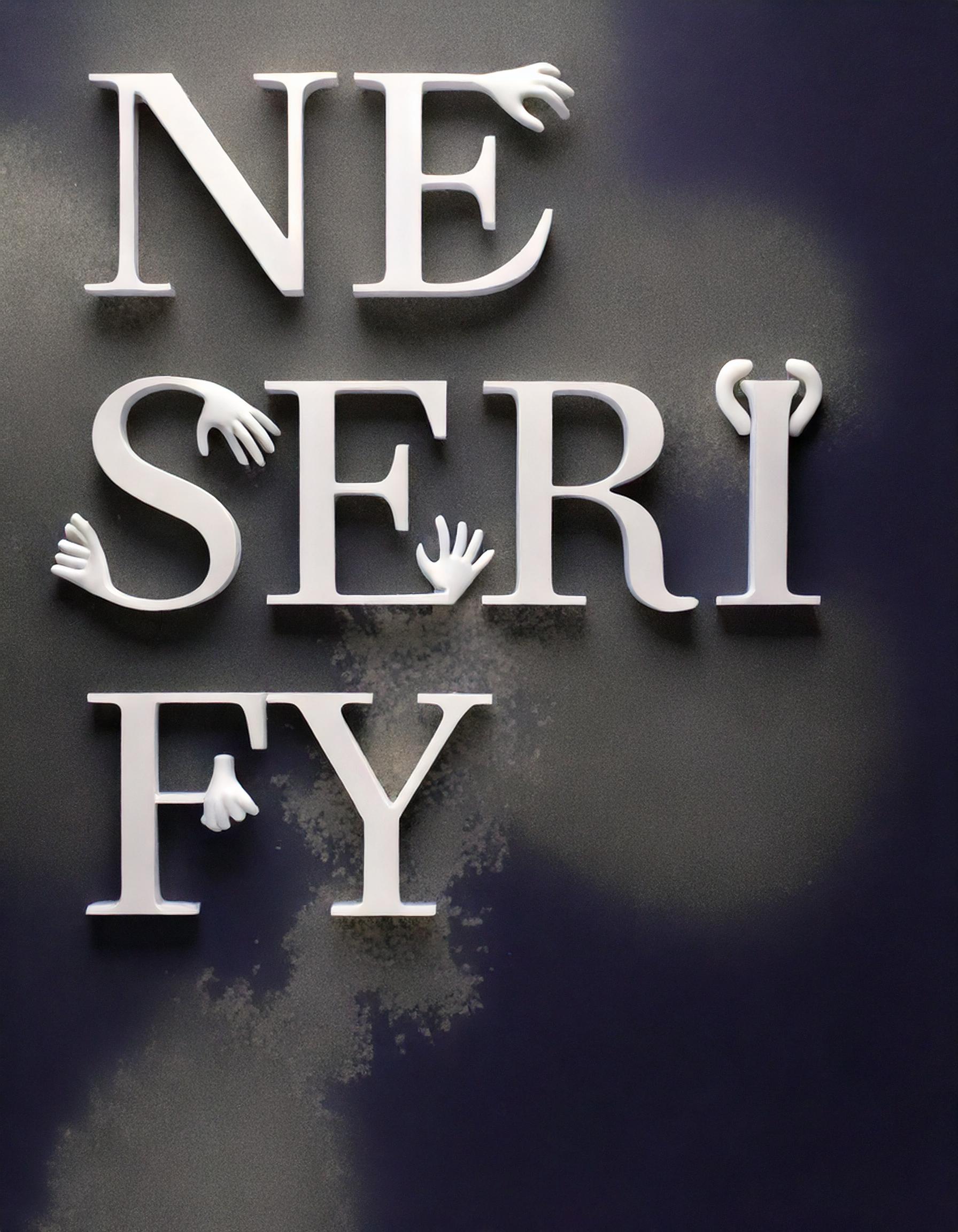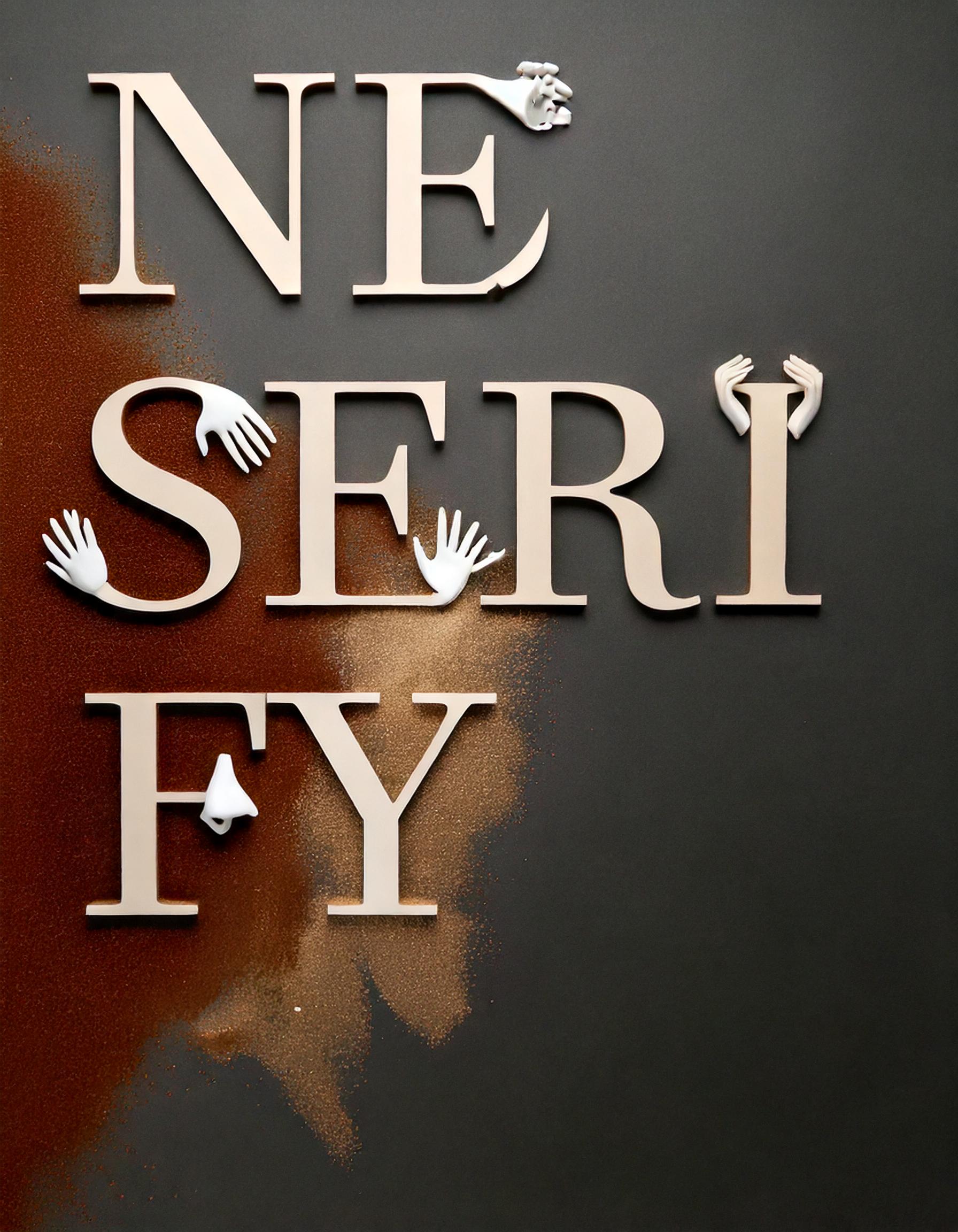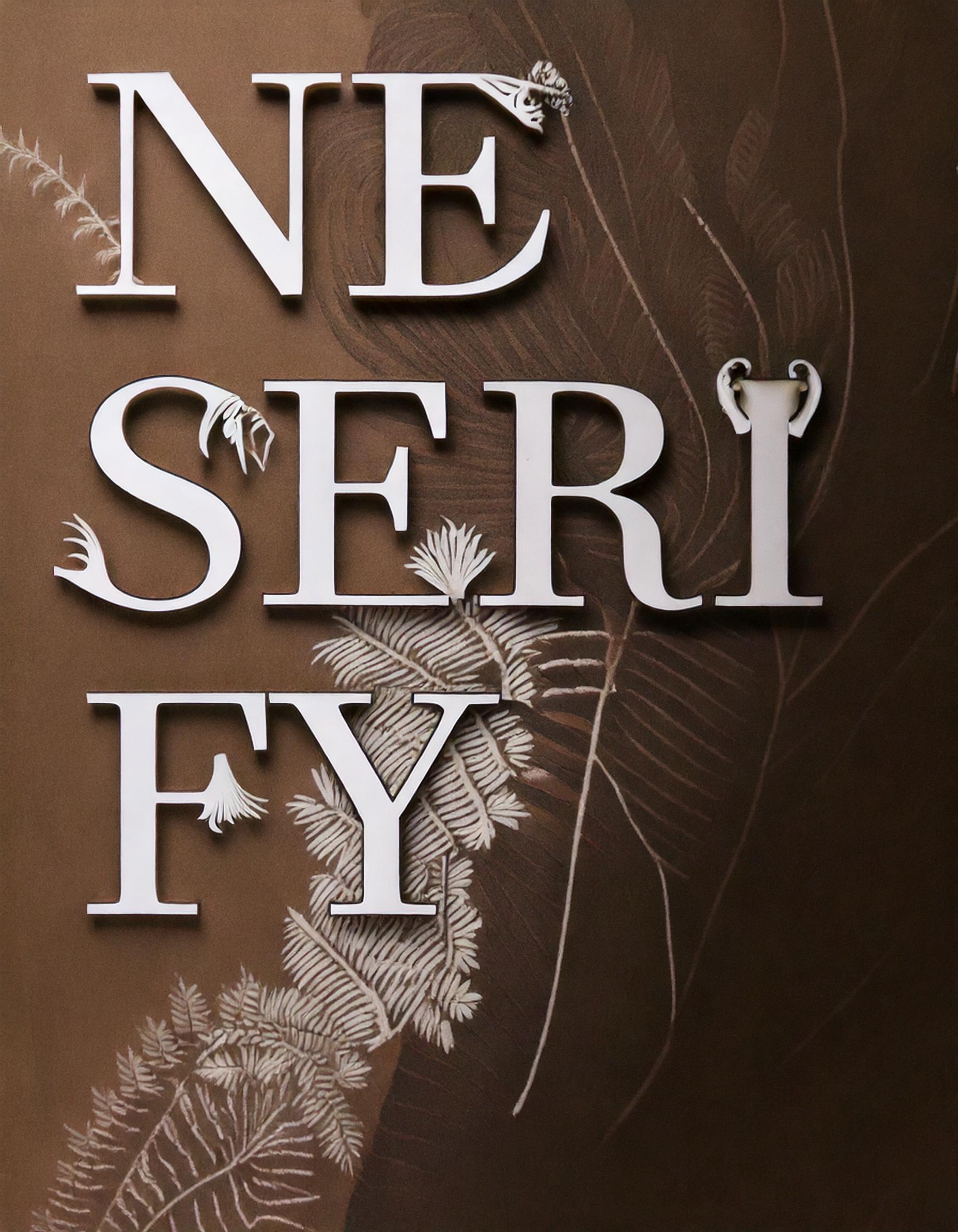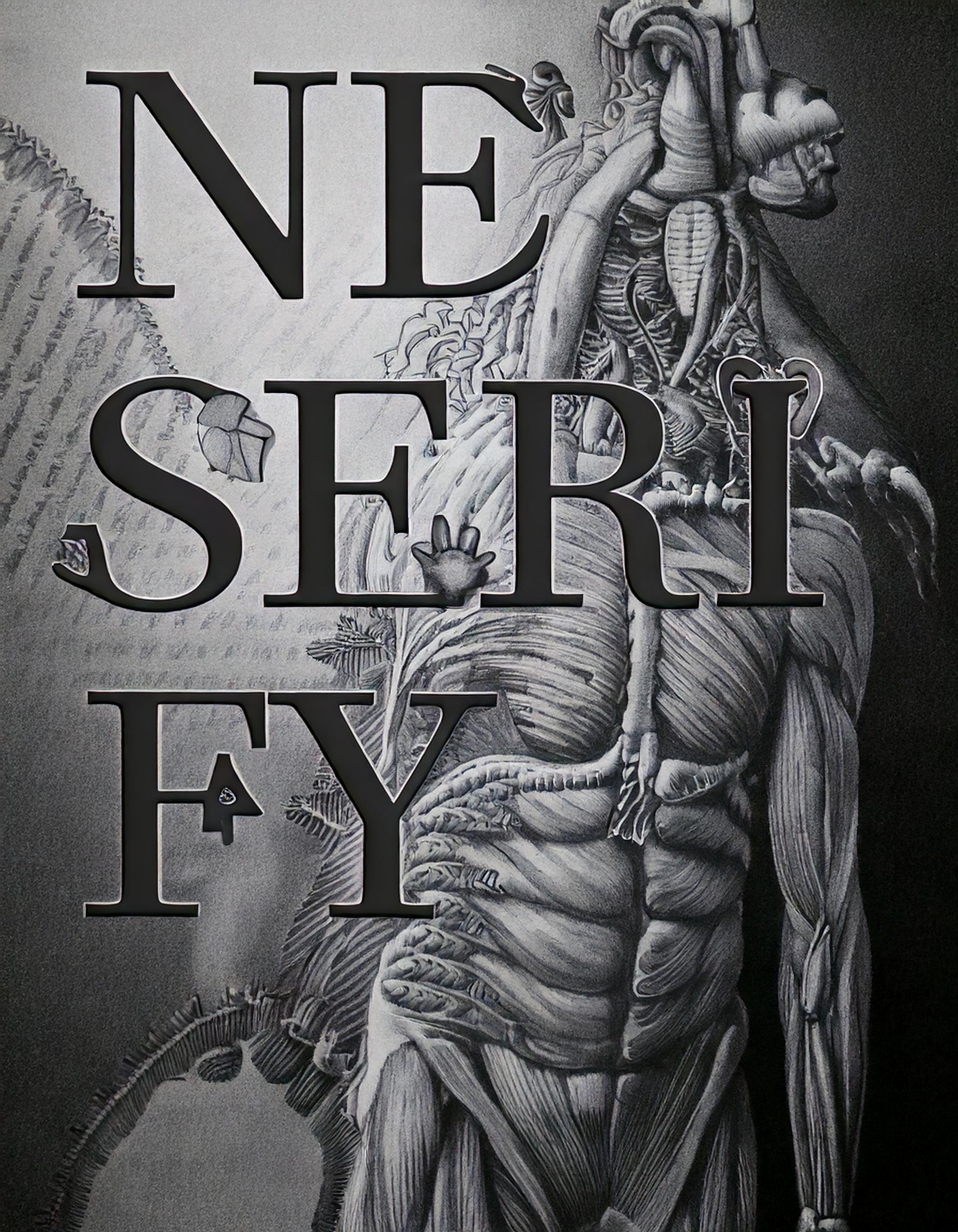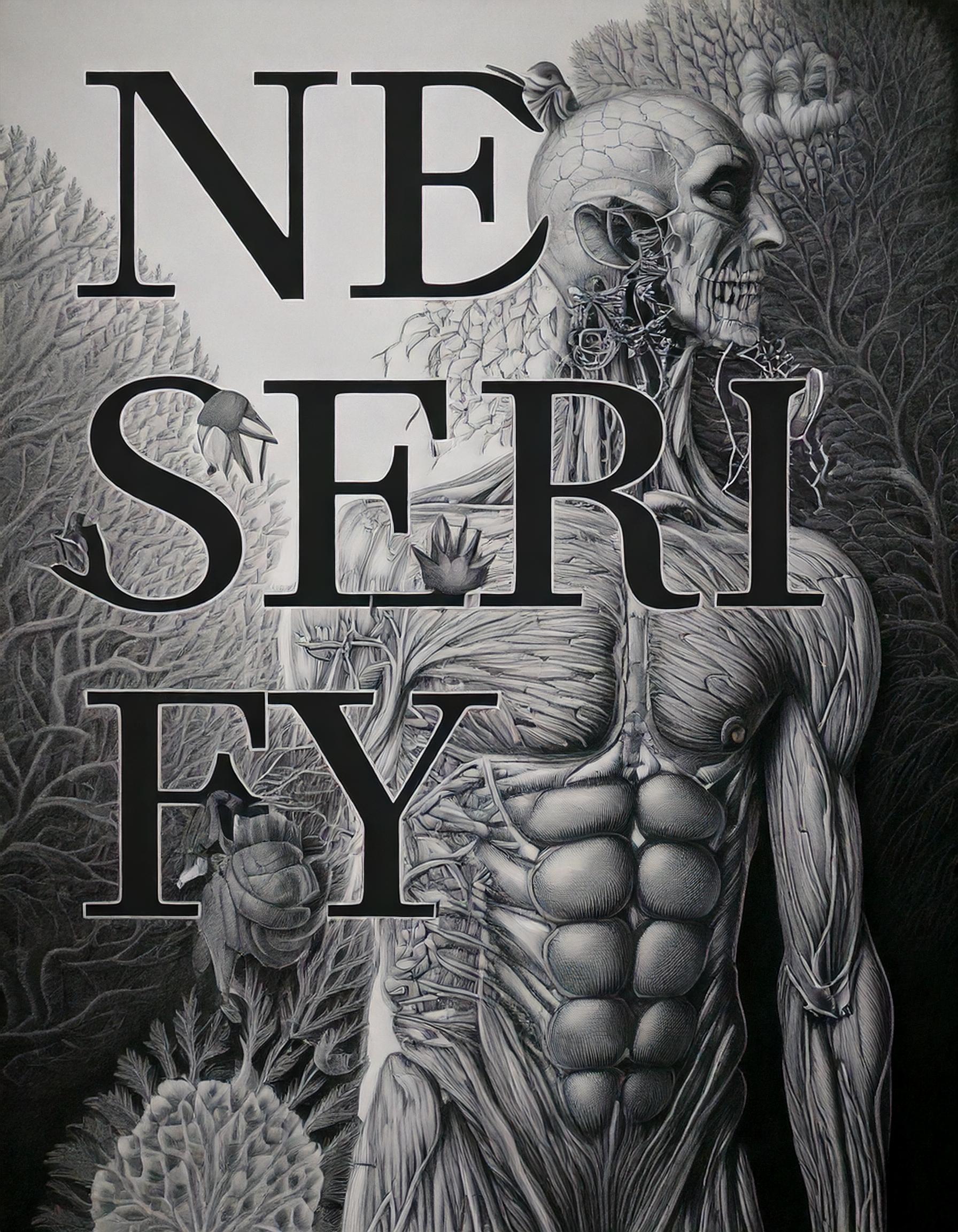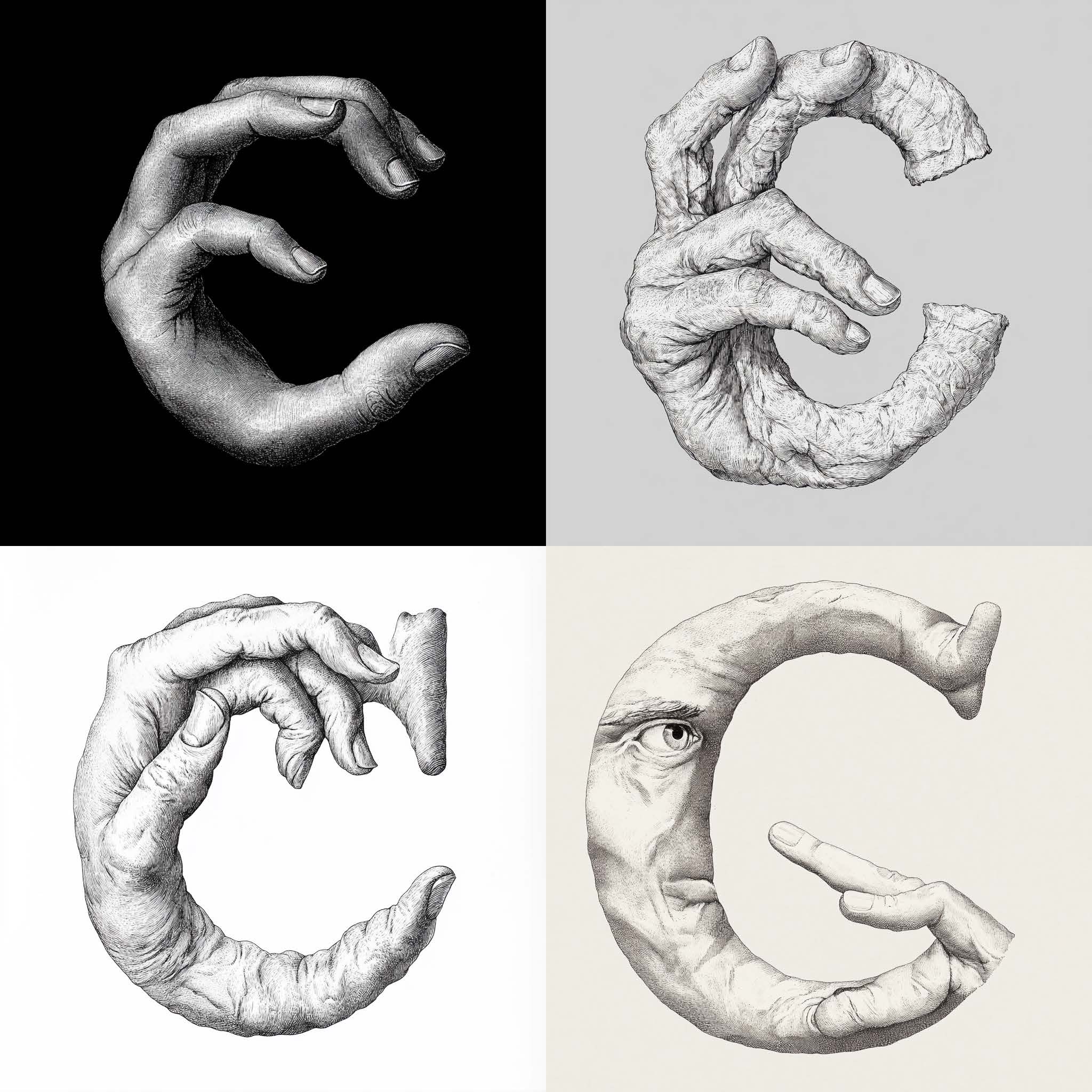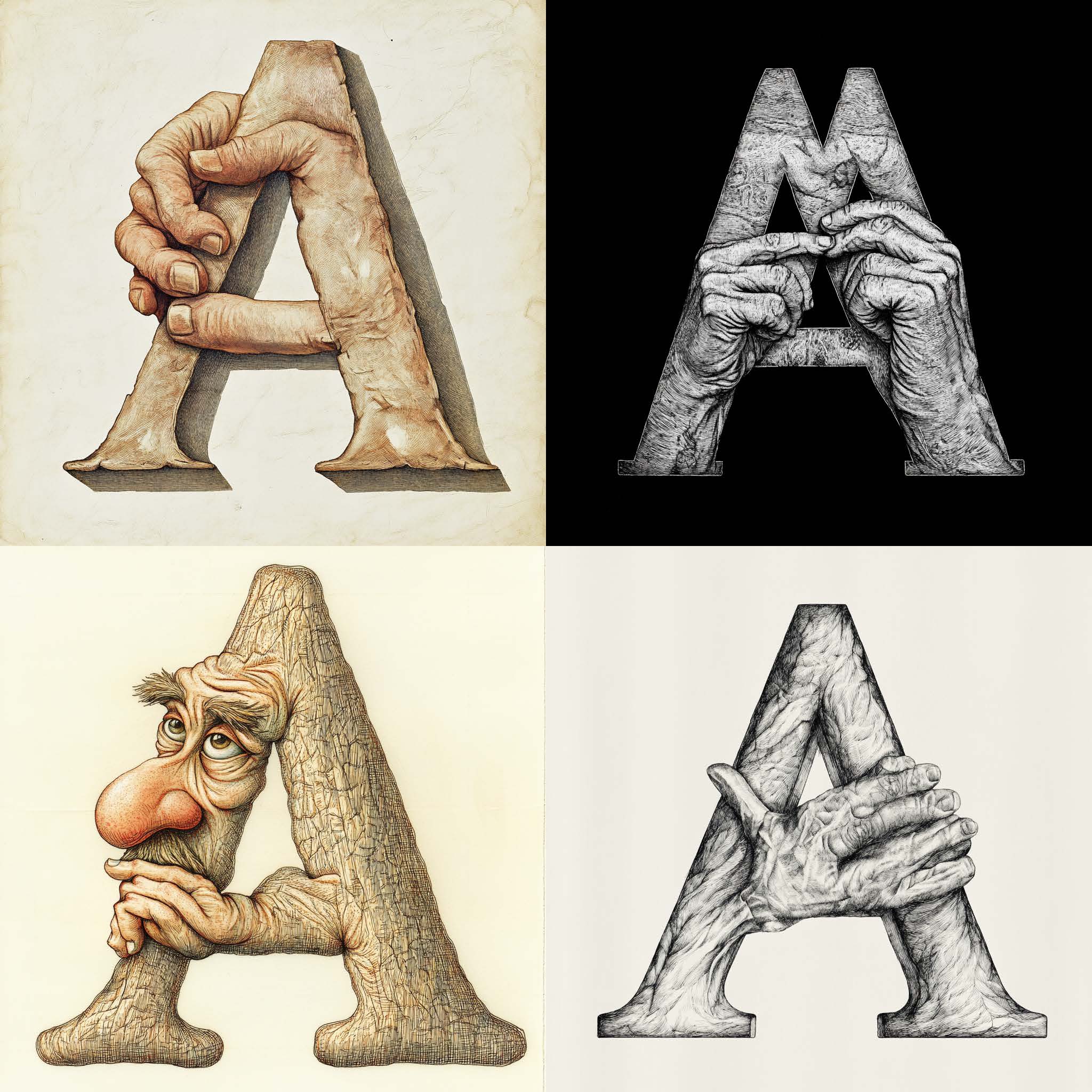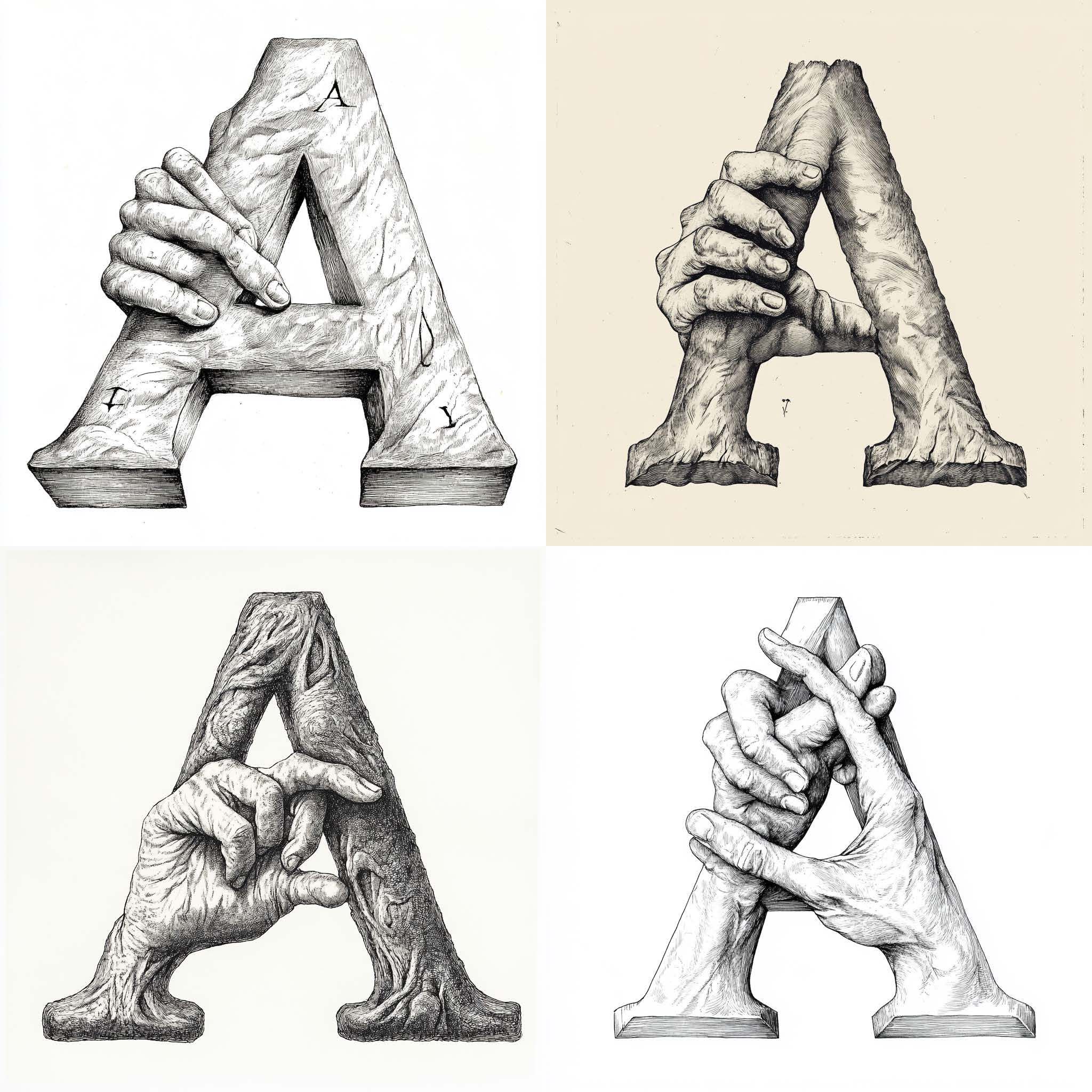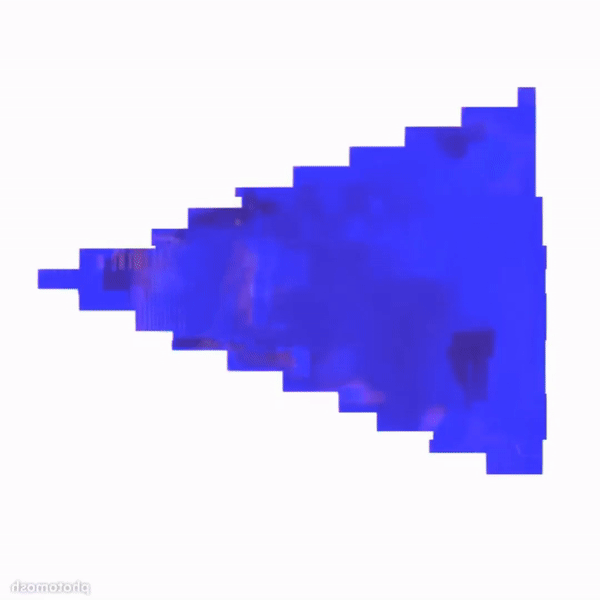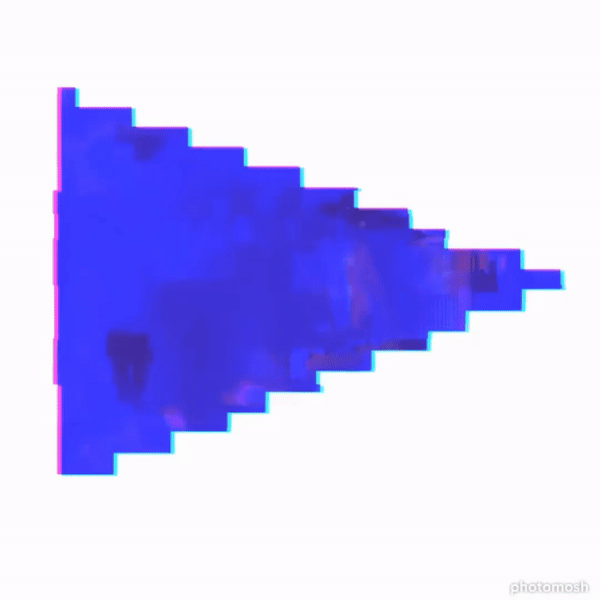Johana Hýžová
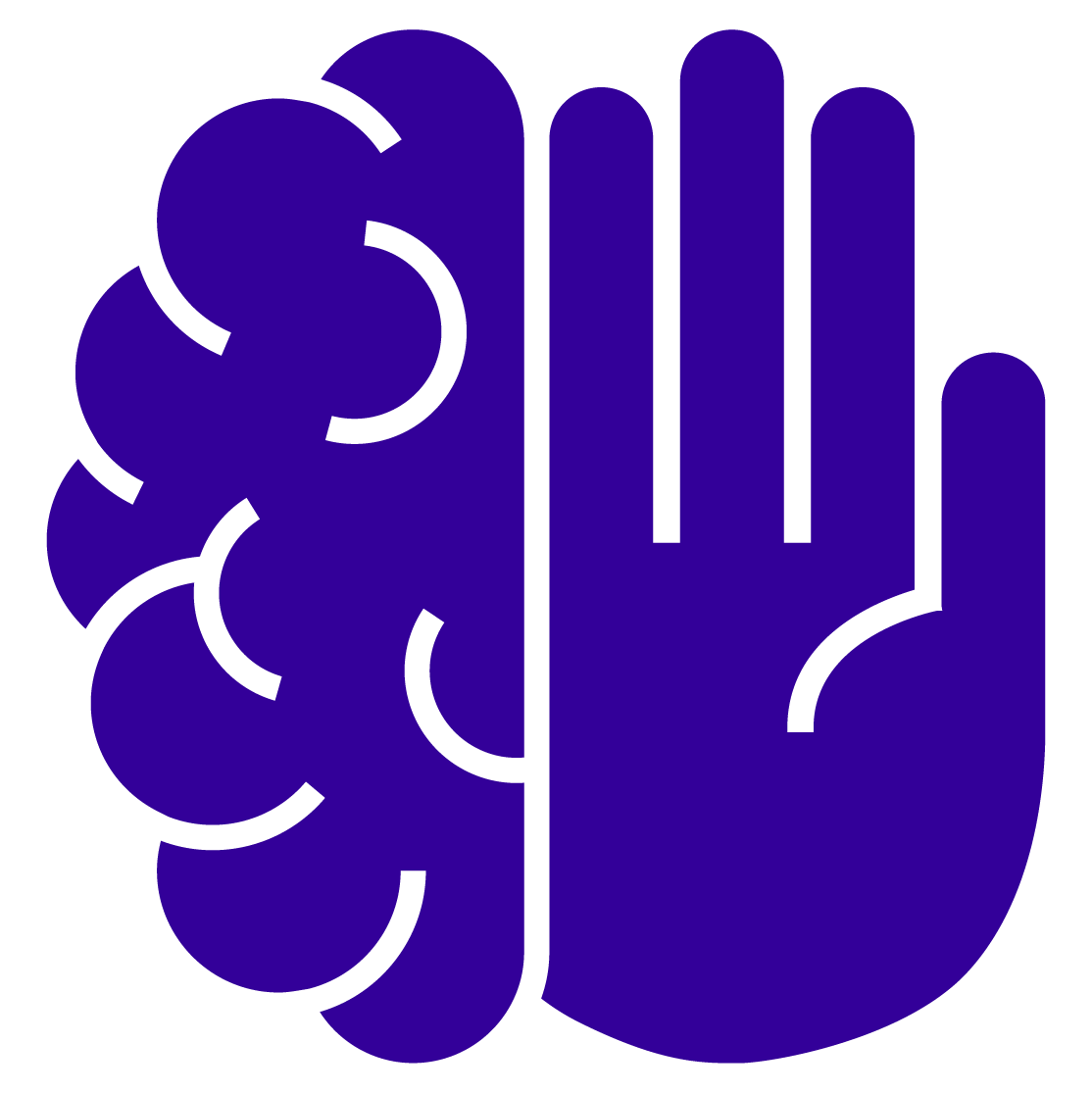
Even Typography Has Its Own Anatomy
Parts of the serifs were generated in Photoshop using Firefly Image 2 and 3.
Fonts used: Times New Roman, Neue Haas Unica.
Software: Photoshop.
For this poster, I chose to draw inspiration from typographic terminology—specifically, typographic anatomy. Every part of a letter has a name, many of which are derived from human anatomy. Letters have ears, eyes, bellies, and feet, so instead of using traditional serifs, I incorporated photographs of limbs and facial features. When working with AI-generated elements, I wanted to explore the boundaries of "generative fill." I provided the AI with simple one- to three-word prompts, and due to their ambiguity, the results often varied greatly. For instance, when I used the prompt "black and white nose," the AI unexpectedly generated a black-and-white cat instead of a nose.I found this process fascinating, so I translated it into a short GIF, showcasing the range of AI-generated variations. While some outcomes were quite similar, others resulted in surprisingly original interpretations for each serif.
Image to text description:
A bold typographic poster with the word "Noteworthy" in large, white letters against a vibrant green background. The text is set in an elegant sans-serif font that stands out against the simplicity of the color and creates contrast for an eye-catching effect. Small black images or symbols related to anatomy surround each letter of the name. This design uses negative space to highlight clarity and modernity. It's a simple yet powerful visual statement, focused on the face.
A poster with the word "UNSANCTIONED" in white letters on a green background, made of various black and dark gray body parts from people and animals, with a minimalist design, bold typography, clean lines, symmetrical composition, modern graphic style, simple shapes, contrasting colors, and an eye-catching text layout. The color palette is vibrant, with bright greens and stark contrasts to highlight each letter.
Poster with the text "GEOMETRY" in white letters on a green background, in a knolling layout style, with several small images of hands and fingers arranged around it, with some elements appearing to float above or below other ones, creating an interesting visual effect. The overall design is simple yet eye-catching, perfect for showcasing your unique product or service.
A modern poster with the text "Quadrifolia" in white on a green background, showing images of hands and anatomy in black. The letters have sharp edges and are arranged to create an interesting visual effect. A minimalistic design that focuses solely on typography, creating a bold contrast between colors and simplicity.
LLM description:
"This poster blends typographic aesthetics with anatomical elements to emphasize the connection between type design and human anatomy. The dominant text “NE SERIFY” is set in a serif typeface with prominent serifs, highlighting the contrast between the precise, structured letterforms and the organic shapes of hands, ears, lips, and other human body parts integrated into the letters.Serifs—small stroke endings—symbolize precision and structure, while the anatomical elements add dynamism and a human dimension. The green-blue color palette with a subtle textured background enhances the sense of depth and modernity. The phrase “Even typography has its own anatomy” reinforces the metaphor that type is more than just a communication tool—it is a design object with its own "organs" and intricate details that define its character.Overall, this is a thoughtfully composed design that merges typographic theory with artistic expression, creating a visually engaging and conceptually rich composition." ChatGPT 4.0, OpenAI

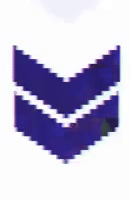
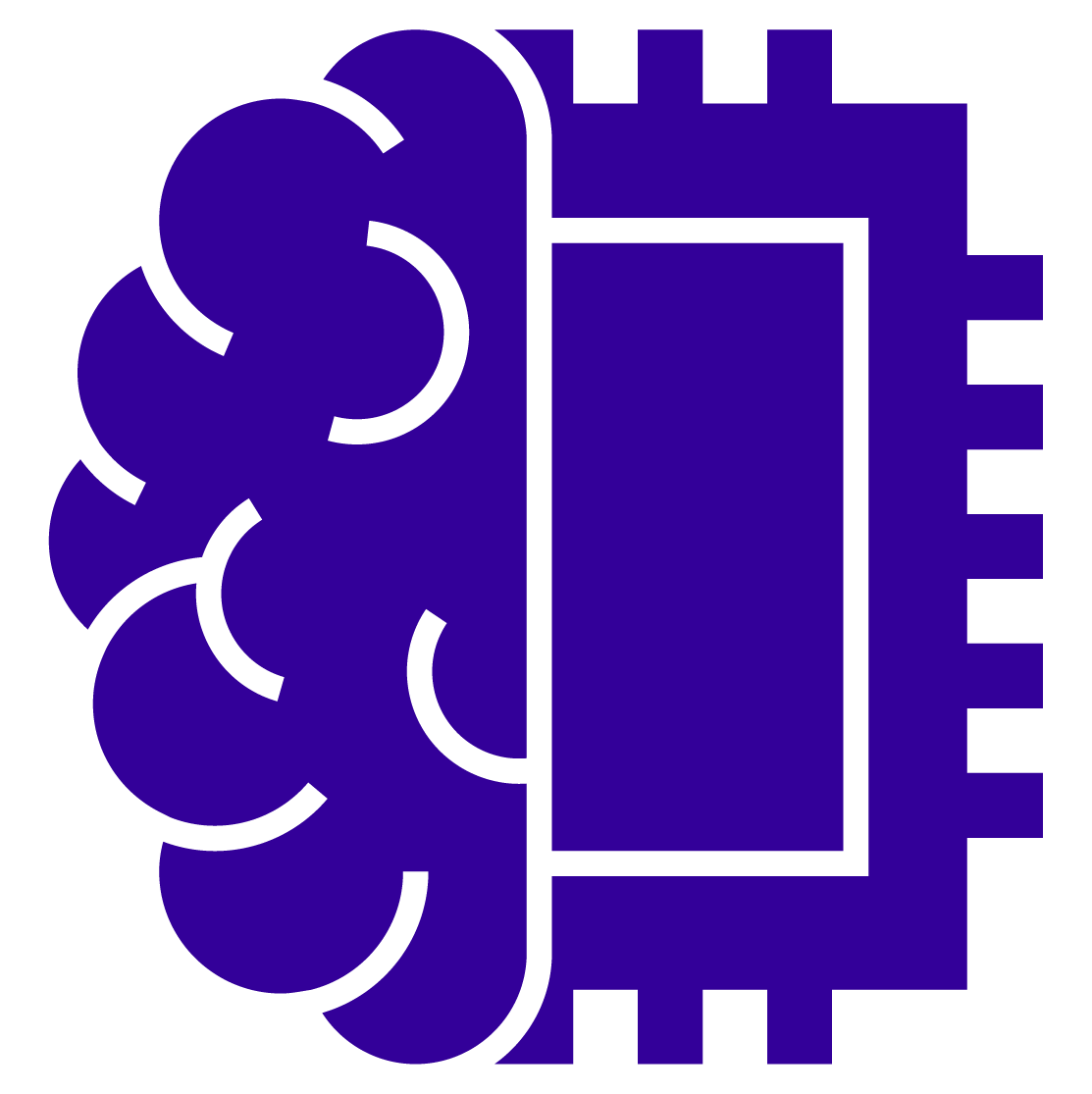
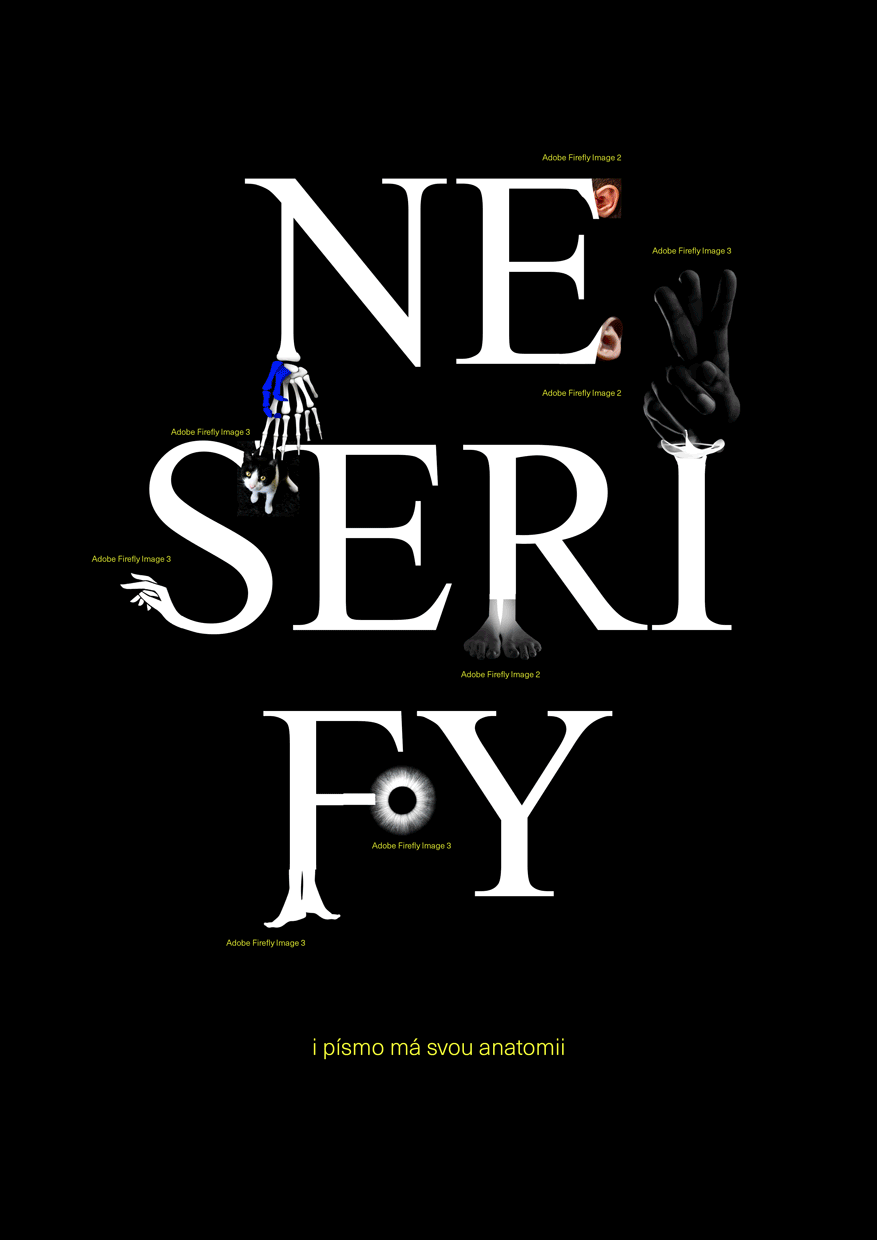
After my previous experiences with generative expansive intelligence and its fallibility—specifically, its inability to understand text and its tendency to merely generate probable outcomes that often seem incomprehensible to us—I decided to highlight this aspect and give AI a bit more freedom. Instead of defining prompts too precisely, I kept them one or two words long, broad, and open-ended. Some results were predictable, while others seemed to emerge from nowhere. Throughout the process, I often wondered where the development of future AI models will lead and whether they will eventually lose this "magical" element of chaos and unpredictability.
I am generally used to working with artificial intelligence, but I still reflect on the ethical aspects behind it, as well as the pressure I feel—the pressure that tells me that if I don’t learn how to use AI, I won’t be able to stay competitive in the industry. The fast-paced world, increasing demands, and the push for cheap solutions all contribute to this feeling.
At the same time, I recognize that AI has the potential to assist us with the monotonous aspects of our work, possibly allowing us to focus more on creativity. I see it as a double-edged sword and prefer to wait and observe where its further development will take us.

Galerie G18 ve Zlíně
Gallery of the Faculty of Multimedia Communications,
Tomas Bata University in Zlín
Štefánikova 5670, Zlín
Czech republic

